Nissan X-Trail VS Hyundai i10 – Specs, Efficiency & Price Comparison
Which model is the better choice – the Nissan X-Trail or the Hyundai i10? We compare performance (213 HP vs 90 HP), boot capacity (585 L vs 252 L), efficiency (5.70 L vs 4.90 L), and of course, the price (34000 £ vs 14600 £).
Find out now which car fits your needs better!
The Nissan X-Trail (SUV) is powered by a Petrol MHEV or Full Hybrid engine and comes with a Automatic transmission. In comparison, the Hyundai i10 (Hatchback) features a Petrol engine and a Manuel or Automatic gearbox.
When it comes to boot capacity, the Nissan X-Trail offers 585 L, while the Hyundai i10 provides 252 L – depending on what matters most to you. If you’re looking for more power, you’ll need to decide whether the 213 HP of the Nissan X-Trail or the 90 HP of the Hyundai i10 suits your needs better.
There are also differences in efficiency: 5.70 L vs 4.90 L. In terms of price, the Nissan X-Trail starts at 34000 £, while the Hyundai i10 is available from 14600 £.
Compare all the key specs now and find out which model fits your lifestyle best!
Nissan X-Trail
The Nissan X-Trail stands out with its spacious interior and practical design, making it an ideal choice for families and adventure enthusiasts alike. Its sleek exterior styling is complemented by modern technology features that enhance both driving pleasure and safety. This versatile SUV offers a comfortable ride, whether navigating city streets or exploring off-road paths, ensuring you travel in style and comfort.
details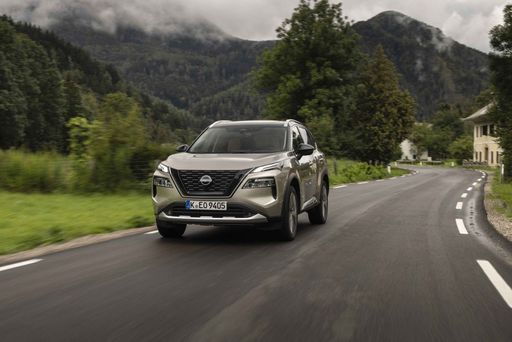 @ germany.nissannews.com
@ germany.nissannews.com
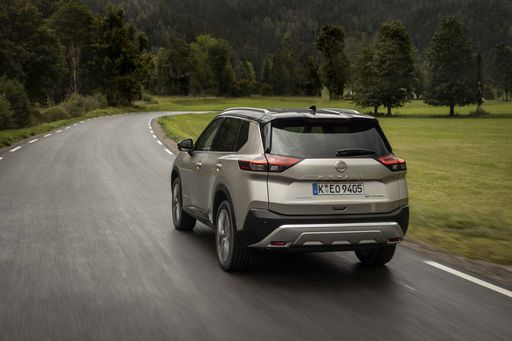 @ germany.nissannews.com
@ germany.nissannews.com
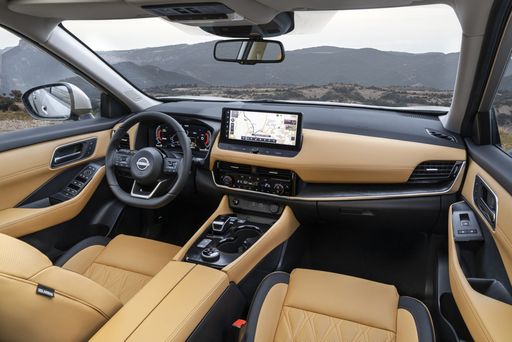 @ germany.nissannews.com
@ germany.nissannews.com
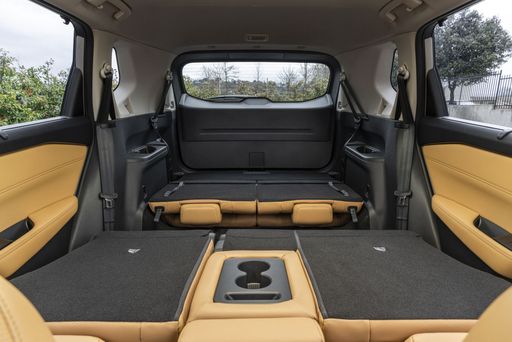 @ germany.nissannews.com
@ germany.nissannews.com
Hyundai i10
The Hyundai i10 impresses with its compact design, making it an ideal choice for navigating through busy urban environments. Its interior is surprisingly spacious, offering drivers and passengers comfort beyond what one might expect from a city car. The model combines efficiency and practicality, making it an attractive option for those seeking both economy and functionality in their daily commute.
details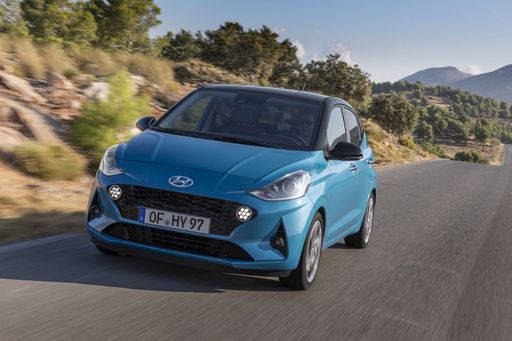 @ hyundai.news
@ hyundai.news
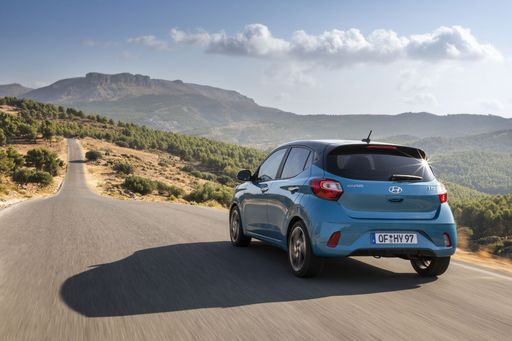 @ hyundai.news
@ hyundai.news
 @ hyundai.news
@ hyundai.news
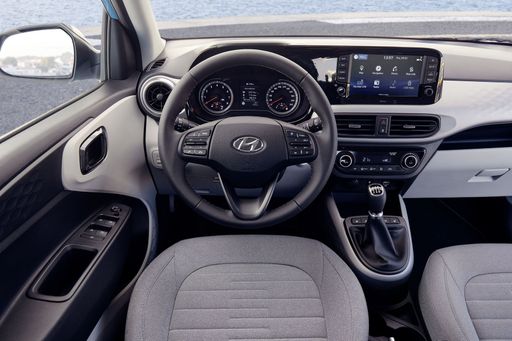 @ hyundai.news
@ hyundai.news
 @ hyundai.news
@ hyundai.news

|

|
|
|
|
Costs and Consumption |
|
|---|---|
|
Price
34000 - 50400 £
|
Price
14600 - 19000 £
|
|
Consumption L/100km
5.7 - 6.9 L
|
Consumption L/100km
4.9 - 5.5 L
|
|
Consumption kWh/100km
-
|
Consumption kWh/100km
-
|
|
Electric Range
-
|
Electric Range
-
|
|
Battery Capacity
-
|
Battery Capacity
-
|
|
co2
131 - 161 g/km
|
co2
110 - 124 g/km
|
|
Fuel tank capacity
55 L
|
Fuel tank capacity
36 L
|
Dimensions and Body |
|
|---|---|
|
Body Type
SUV
|
Body Type
Hatchback
|
|
Seats
5 - 7
|
Seats
4 - 5
|
|
Doors
5
|
Doors
5
|
|
Curb weight
1668 - 1961 kg
|
Curb weight
996 - 1099 kg
|
|
Trunk capacity
177 - 585 L
|
Trunk capacity
252 L
|
|
Length
4680 mm
|
Length
3670 - 3675 mm
|
|
Width
1840 mm
|
Width
1680 mm
|
|
Height
1720 mm
|
Height
1480 - 1483 mm
|
|
Payload
432 - 574 kg
|
Payload
344 - 423 kg
|
Engine and Performance |
|
|---|---|
|
Engine Type
Petrol MHEV, Full Hybrid
|
Engine Type
Petrol
|
|
Transmission
Automatic
|
Transmission
Manuel, Automatic
|
|
Transmission Detail
-
|
Transmission Detail
Schaltgetriebe, Automatisiertes Schaltgetriebe
|
|
Drive Type
Front-Wheel Drive, All-Wheel Drive
|
Drive Type
Front-Wheel Drive
|
|
Power HP
163 - 213 HP
|
Power HP
63 - 90 HP
|
|
Acceleration 0-100km/h
7 - 9.6 s
|
Acceleration 0-100km/h
11.4 - 18.4 s
|
|
Max Speed
170 - 200 km/h
|
Max Speed
143 - 175 km/h
|
|
Torque
300 - 525 Nm
|
Torque
93 - 172 Nm
|
|
Number of Cylinders
3
|
Number of Cylinders
3 - 4
|
|
Power kW
120 - 157 kW
|
Power kW
46 - 66 kW
|
|
Engine capacity
1497 cm3
|
Engine capacity
998 - 1197 cm3
|
General |
|
|---|---|
|
Model Year
2024
|
Model Year
2024
|
|
CO2 Efficiency Class
F, D, E
|
CO2 Efficiency Class
C, D
|
|
Brand
Nissan
|
Brand
Hyundai
|
Nissan X-Trail
A New Era for the Nissan X-Trail
The 2024 Nissan X-Trail ushers in a new era of innovation and performance, catering to modern drivers who seek versatility, efficiency, and cutting-edge technology. With its striking design and advanced hybrid technologies, the X-Trail is poised to capture the interest of SUV enthusiasts around the globe.
Innovative Powertrains
Nissan has equipped the X-Trail with an array of innovative powertrains to meet diverse driving needs. Options include both mild-hybrid and full-hybrid technologies, with a 1.5 VC-T engine at the heart of its power delivery. Offering up to 213 PS, the X-Trail’s hybrid systems promise a blend of performance and efficiency, with fuel consumption ranging from 5.7 to 6.9 L/100km.
Seamless All-Wheel Drive
One of the standout features of the X-Trail is its seamless all-wheel-drive system, dubbed e-4ORCE. This advanced system ensures optimal traction and stability, providing confidence across various terrains and weather conditions. Available in selected trims, it complements the robust, SUV design perfectly.
Designed for Comfort and Functionality
The X-Trail offers a spacious interior, designed to seat up to seven passengers comfortably. With multiple seating configurations and a boot capacity ranging from 177 to 585 litres, it is ideal for family outings and adventurous road trips. The interior is designed with a focus on ergonomic comfort and intuitive technology, featuring advanced infotainment systems that keep drivers connected on the move.
Technological Advancements
The 2024 X-Trail boasts an impressive suite of technological advancements, including Nissan’s ProPILOT system. This driver assistance technology makes highway driving safer and more comfortable by helping control acceleration, braking, and steering within a single lane. Combined with the latest safety features, such as automatic emergency braking and blind-spot monitoring, the X-Trail sets a new standard in vehicle safety.
Efficiency Meets Performance
The 2024 Nissan X-Trail is engineered to provide a balance of efficiency and performance. With a range of CO2 efficiency classes from E to F, it positions itself as both an eco-friendly and powerful option within the SUV segment. Moreover, the smooth CVT transmission ensures a dynamic drive that adapaits to the driver's needs, whether navigating city streets or exploring off-road trails.
Conclusion
In conclusion, the Nissan X-Trail offers a compelling package for SUV buyers, blending cutting-edge hybrid technology, advanced safety features, and versatile design. It stands as a testament to Nissan’s commitment to innovation and continues to push the boundaries of what an SUV can offer in the modern age.
Hyundai i10
Introduction to the Hyundai i10
The Hyundai i10 has consistently proven to be a dependable and stylish companion for urban driving. Known for its compact design and efficiency, this hatchback offers a perfect blend of modern aesthetics and practicality, making it a popular choice for city dwellers and small families alike.
Performance and Efficiency
The Hyundai i10 is available with both manual and automatic transmissions, catering to various driving preferences. Engine power ranges from 63 to 90 PS, providing a versatile driving experience for both novice and seasoned drivers. The fuel consumption varies between an impressive 4.9 to 5.4 litres per 100 kilometres, fitting for those looking to minimise fuel costs while also reducing their carbon footprint.
Engine and Transmission
Equipped with a choice of 1.0-litre or 1.2-litre engines, the i10 offers up to 172 Nm of torque, ensuring lively performance. The models feature front-wheel-drive configurations, allowing for smooth handling and reliable road performance. The car excels in city driving but is equally capable on longer journeys.
Interior and Comfort
Despite its compact size, the Hyundai i10 does not compromise on interior space and comfort. It accommodates four to five occupants comfortably, offering sufficient legroom and headroom. Its flexible seating arrangement and a 252-litre boot make it ideal for both quick trips and weekend getaways.
Safety and Technology
Safety remains a priority with Hyundai, and the i10 is no exception. It comes equipped with multiple airbags, stability control, and advanced braking systems. Technology-wise, the i10 features a user-friendly infotainment system with smartphone connectivity, ensuring a pleasant and connected drive.
Design and Style
The Hyundai i10’s design is both modern and sleek, making it stand out in the compact hatchback segment. With a length ranging from 3670 to 3675 mm, a width of 1680 mm, and a height of 1480 to 1483 mm, the i10 strikes a perfect balance between style and functionality.
Affordable Pricing and Value
The i10 is available in several trims including the Select, N Line, and Prime, among others, with prices ranging from €16,990 to €22,190. Considering its features and low running costs — with monthly expenses estimated between €694 to €793 — the Hyundai i10 offers substantial value for those seeking an economical yet stylish hatchback.
Conclusion
The Hyundai i10 combines efficiency, modern design, and practicality in a compact package. Whether you are seeking a reliable city car or an economical daily driver, the Hyundai i10 is a strong contender worth considering in the compact car market of 2024.
The prices and data displayed are estimates based on German list prices and may vary by country. This information is not legally binding.
